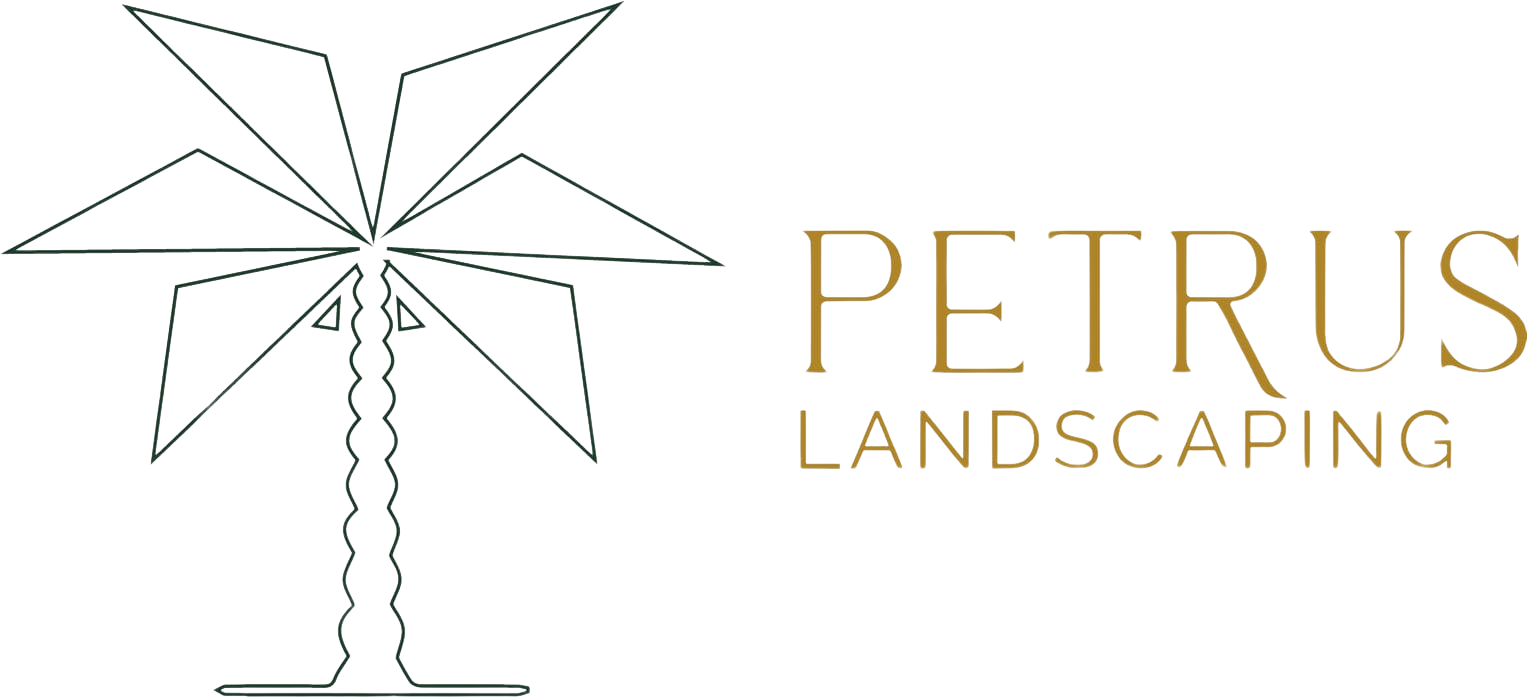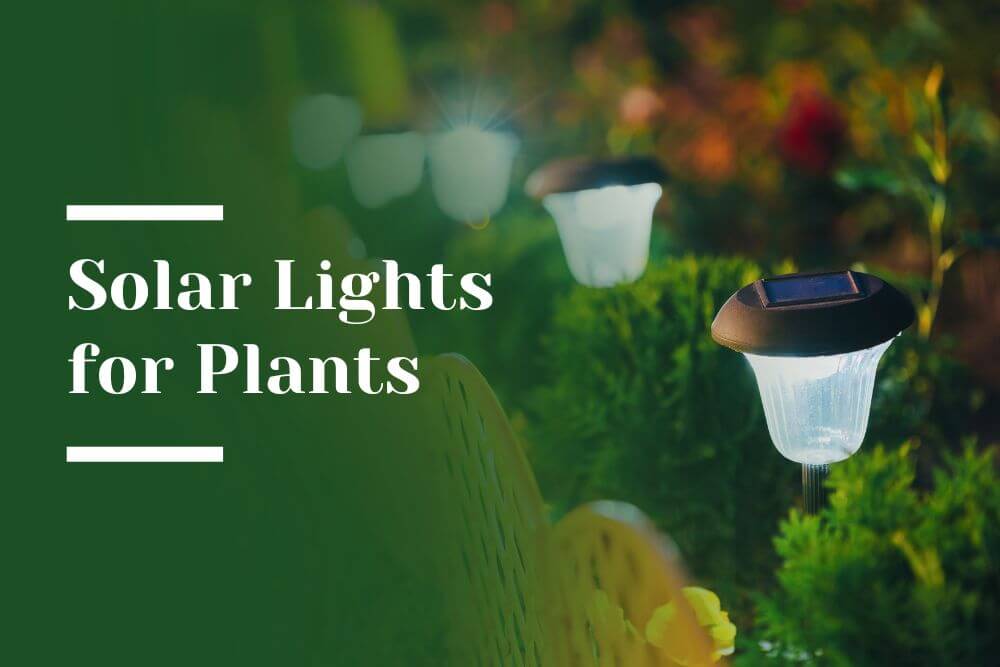Solar lights are a popular choice for luxury estate landscaping, providing an eco-friendly and stylish way to illuminate outdoor spaces. While these lights enhance the beauty of landscapes, some gardeners wonder if they might have unintended effects on plant health. This guide explores the potential impacts of solar lights on plants, delving into photoperiodism, dormancy, growth, and the best practices for safely incorporating solar lights into your garden.
How Plants Use Light in Their Natural Cycle
The Role of Photoperiodism in Plant Growth
Photoperiodism is the plant’s response to the length of day and night, determining crucial growth phases such as flowering and dormancy. This biological response to light exposure helps plants adapt to seasonal changes, ensuring they grow and rest at the right times of the year.
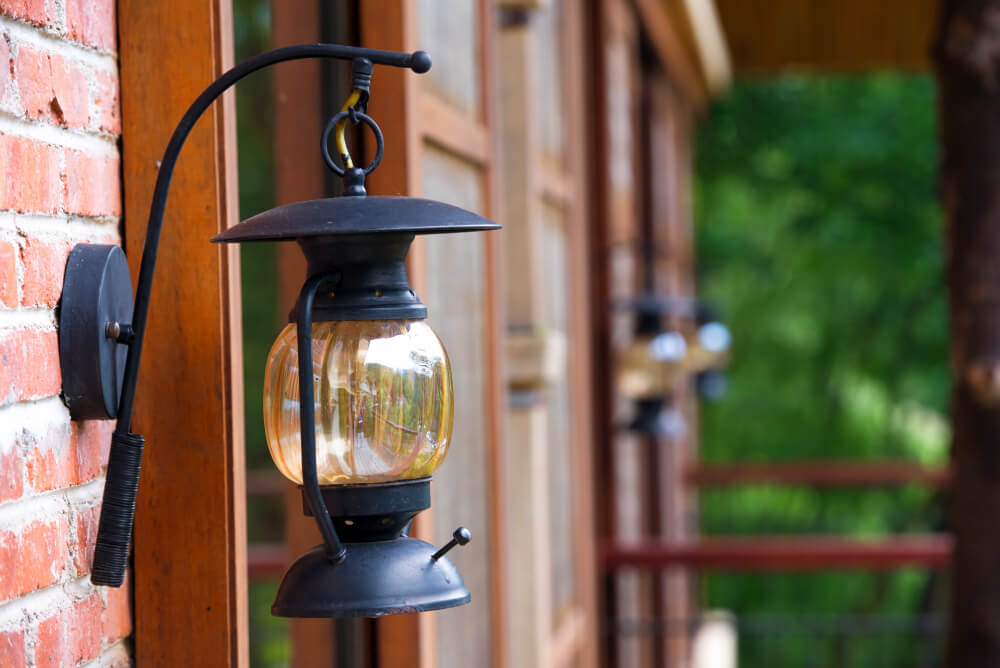
Differences Between Natural Sunlight and Artificial Light
Sunlight provides a full spectrum of light that drives photosynthesis and promotes healthy growth in plants. In contrast, artificial light, including solar lights, lacks the intensity and spectrum needed for robust plant development. While natural light cycles are essential for plants, solar lights produce a gentler illumination that typically doesn’t disrupt plant processes when used correctly.
Impacts of Solar Lights on Plants’ Natural Cycles
Can Solar Lights Disrupt Dormancy?
During fall and winter, many plants enter dormancy, a rest period that allows them to conserve energy and prepare for the next growth phase. In regions like the Bay Area, where winter temperatures are mild, plants may still need this downtime. Excessive exposure to artificial light from solar lights might delay this natural dormancy, potentially stressing certain plants.
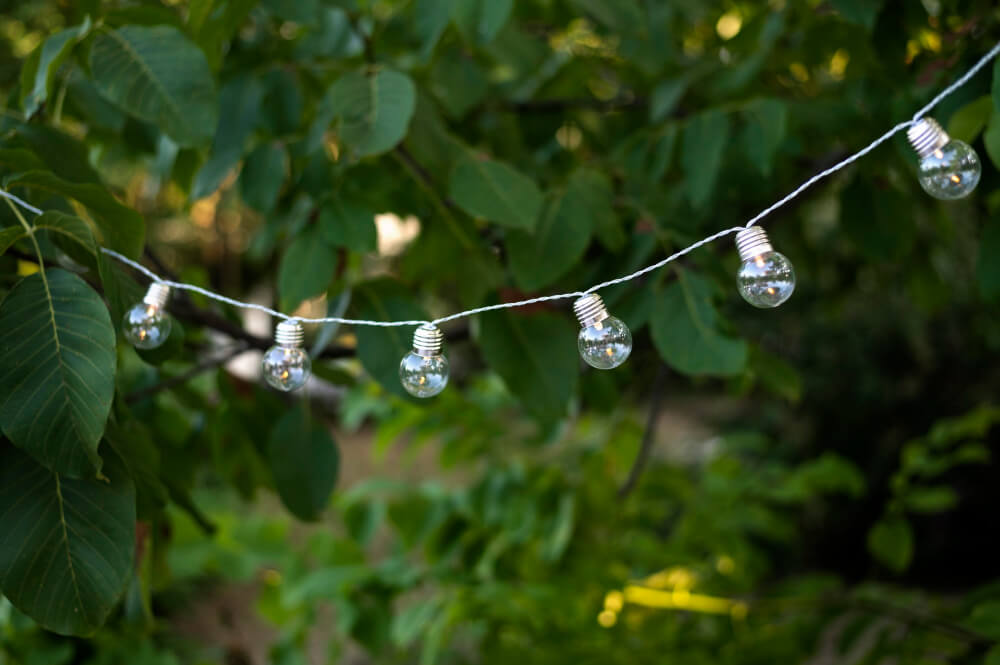
Potential for Disrupted Growth Patterns
For photoperiod-sensitive plants, close proximity to bright solar lights might encourage prolonged growth periods or even alter blooming schedules. However, modern LED solar lights are generally low-intensity and not likely to cause major disruptions if placed thoughtfully within the landscape.
How Solar Lights Can (or Cannot) Promote Plant Growth
Heat and Light from Solar Lights vs. Plant Needs
Plants primarily rely on sunlight for photosynthesis and growth. While traditional lights produce heat, solar lights—especially LEDs—emit minimal warmth and are not intense enough to replace natural sunlight. As a result, these lights do not significantly contribute to plant growth. In luxury estate landscaping, solar lights are more decorative than functional for plant health.
However, depending on the light bulb used, extra heat and light can alter a plant’s growth. Extra heat from landscape lighting can protect a plant by keeping it warm from the beginnings of frost, though it is best to prevent this from happening as it will not allow a plant to enter its dormancy for the winter. Older, more intense landscape lighting with excess heat would have more of an effect than modern lighting.
Conditions When Extra Light May Influence Growth
In rare cases, very intense solar lights or those placed extremely close to sensitive plants may slightly affect growth patterns by providing a bit of extra warmth or light. However, this is not a reliable method for promoting growth and can sometimes interfere with the natural cycle, especially for plants with strict photoperiod requirements. For instance, in luxury estate landscaping, using decorative lighting too close to specific plants might unintentionally delay their dormancy period, causing stress when colder temperatures arrive. Thus, while solar lights can offer minimal warmth, they should be used carefully to avoid unintended impacts on plant health, especially in climates like the Bay Area where seasonal temperature shifts are significant.
Can Solar Lights Enhance Vegetable and Fruit Production?
A. Solar Lights and Crop Yields
For vegetable and fruit-bearing plants, natural sunlight is essential for achieving high yields. Solar lights lack the necessary brightness and spectrum to significantly impact production. While they might create a pleasant ambiance around a vegetable garden, relying on solar lights for increased yields isn’t effective.
Better Practices for Enhanced Crop Yields
To improve yields in a luxury estate garden design, focus on essentials like adequate sunlight, healthy soil, proper watering, and regular fertilization. Solar lights can still play a decorative role, helping create a well-lit space for evening enjoyment without impacting fruit or vegetable growth.
Placement of Solar Panel Stakes to Protect Plant Roots
Risk of Damaging Roots with Solar Panel Stakes
While solar lights are designed to be staked into the ground, improper placement can harm the root systems of nearby plants. For delicate or shallow-rooted plants, stakes placed too close may disrupt root structures, potentially impacting the plant’s stability and health.
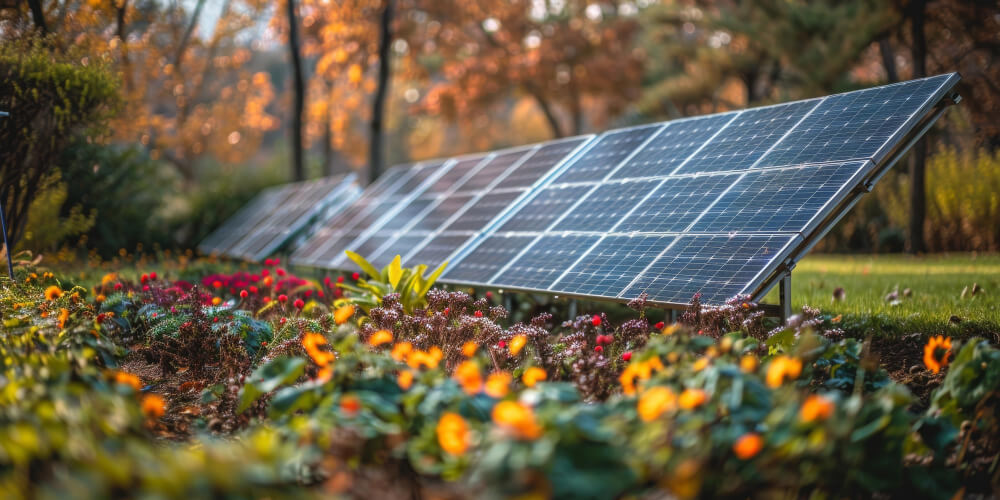
Ideal Placement Distance for Stake Safety
To prevent root damage, it’s recommended to place solar stakes at least 1-2 feet away from plant bases. This spacing allows the lights to illuminate surrounding areas without risking harm to roots. In luxury estate landscaping, this careful placement also enhances the overall aesthetic, creating a balanced and visually appealing setup.
Best Practices for Using Solar Lights Around Plants
Choosing Low-Intensity Solar Lights
Opt for low-intensity LED solar lights that emit soft, ambient lighting rather than bright, harsh light. These lights are less likely to interfere with plant growth cycles and offer a gentle glow that complements luxury estate landscapes beautifully.
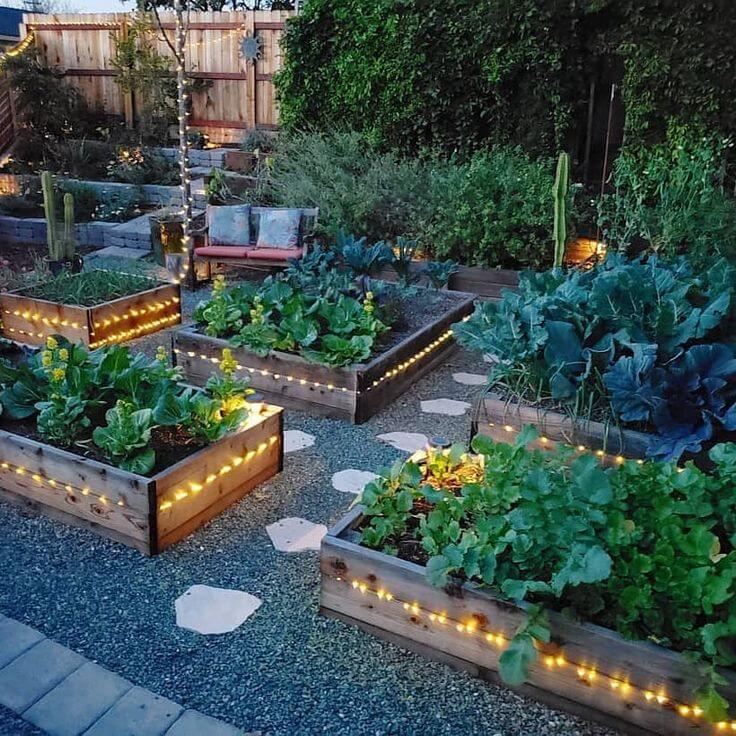
Positioning Lights to Focus on Hardscapes
Direct solar lights towards pathways, sculptures, and other hardscape elements rather than placing them directly near plant bases. This approach allows you to enjoy an illuminated garden without impacting plant health, creating a refined and elegant appearance typical of luxury estate landscaping.
Considering Plant Sensitivity in Light Placement
Some plants are more sensitive to artificial light than others, particularly those with photoperiod-dependent growth patterns. Be mindful of these species when planning your lighting layout, positioning lights farther away to avoid any unintentional disruption.
Benefits of Solar Lights in Luxury Estate Landscaping
Eco-Friendly Lighting Solution
Solar lights are powered by the sun, making them an environmentally friendly choice. They reduce energy consumption and offer sustainable lighting without impacting utility costs, ideal for creating eco-conscious luxury landscapes.
Aesthetic Appeal Without Compromising Plant Health
When used thoughtfully, solar lights can enhance the beauty of a landscape without harming plants. From casting gentle shadows on garden features to illuminating walkways, solar lights elevate the ambiance of an estate while preserving plant vitality.
Low Maintenance and Durable
Modern solar lights are designed to withstand outdoor conditions with minimal maintenance, making them perfect for high-end landscapes. They automatically turn on at dusk, offering convenience and efficiency to busy homeowners.
Creating a Balanced Landscape with Solar Lights
Lighting as a Complement to Natural Beauty
In luxury estate landscaping, solar lights should complement rather than compete with natural beauty. By using low-intensity lighting and positioning it strategically, you can create a harmonious blend of illumination and greenery that enhances the landscape’s elegance.
Seasonal Adjustments for Optimal Plant Health
As seasons change, consider adjusting the placement or timing of solar lights. During winter months in the Bay Area, plants may require a more natural light and dark cycle for dormancy. Modifying the lighting setup seasonally can help maintain plant health while keeping the landscape well-lit.
Solar lights are a beautiful, eco-friendly addition to luxury estate landscaping, providing gentle illumination without significantly impacting plant health. With mindful placement and an understanding of plants’ natural cycles, you can enjoy a stunningly lit garden that remains lush and vibrant. Following best practices such as placing solar stakes at a safe distance, choosing low-intensity lights, and positioning them away from sensitive plants you’ll create a harmonious landscape that blends aesthetics and functionality. In the Bay Area, where outdoor living spaces are cherished, solar lights offer a perfect balance of elegance and sustainability, enriching your garden without compromising plant wellness.
